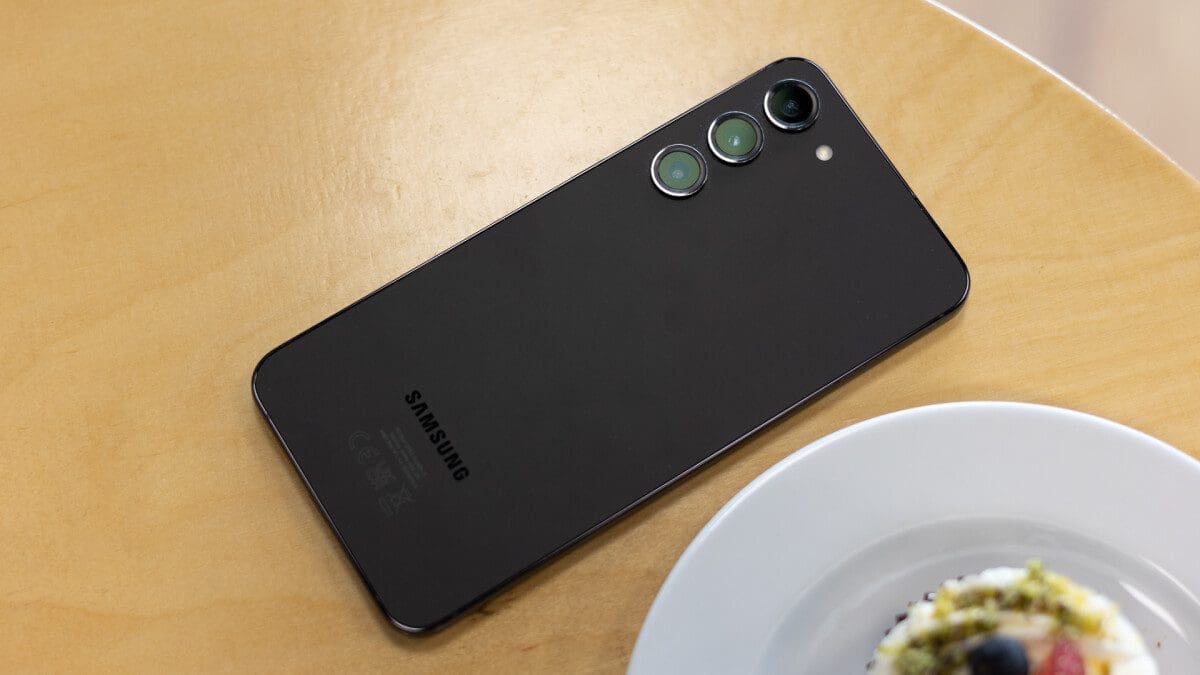Last August, Huawei made waves in the smartphone world with the release of its flagship smartphone, the Mate 60 Pro. This device not only boasted many high-end features but also introduced the Kirin 9000s application processor (AP), marking Huawei’s return to using 5G chipsets in its phones since the 2020 Mate 40 series.
After facing export restrictions from the U.S., Huawei found a way around by having China’s largest foundry, SMIC, manufacture the Kirin 9000s chip using a slightly older technology (7nm). This move allowed Huawei to regain control over its chipset production after relying on tweaked Qualcomm Snapdragon chips that lacked 5G capabilities due to U.S. regulations.
Since the Mate 60 series, Huawei has been discreet about the chips powering its devices. However, recent reports suggest that SMIC may have developed 5nm chipsets without access to extreme ultraviolet lithography (EUV) machines, hinting at technological advancements in Huawei’s upcoming releases.
The upcoming Mate 70 series is expected to feature an upgraded Kirin chipset with enhanced AI capabilities and support for satellite communications. This new series will come pre-installed with HarmonyOS Next and is rumored to outperform previous models by up to 30% based on benchmark tests compared to other top-tier processors like Snapdragon 8+ Gen1.
As Huawei continues to innovate and expand its product lineup, customers can look forward to cutting-edge technology and performance from the brand’s future releases. Stay tuned for more updates on Huawei’s latest developments in the telecommunications industry!










